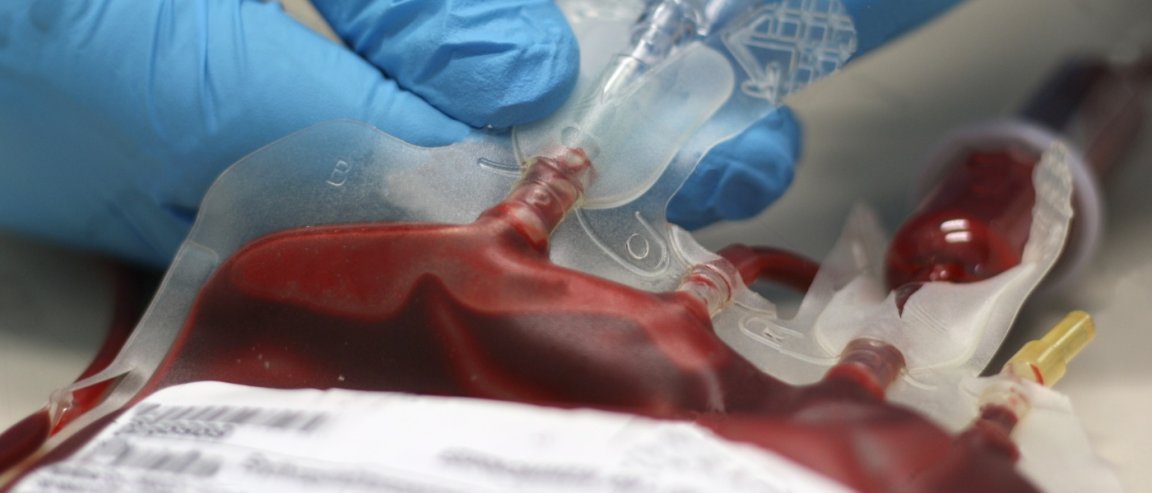
Stem Cells to Bone Marrow
In two separate studies, researchers have successfully created blood stem cells in a laboratory setting for the first time. These types of cells are found in bone marrow and can be depleted by diseases like leukemia and even by the treatments for those diseases, such as chemotherapy.
George Daley, Dean of the Faculty of Medicine at Harvard, and his team started with pluripotent stem cells, which can give rise to just about any type cell in our anatomy. By looking at what proteins controlled the genes in bone marrow cells, they were able to isolate several that were essential to cell differentiation (the process by which stem cells become a specific kind of cell). They then applied them to the pluripotent cells in order to encourage them to turn into the cells found in bone marrow.
Another team lead by Raphael Lis, Instructor in Medicine at Weill Cornell Medical College, took cells from the lungs of animals, and found four factors that encourage the lung stem cells to make blood stem cells. In their report they “demonstrate a tractable approach for fully reprogramming adult mouse endothelial cells to haematopoietic stem cells.” The next steps for Lis are to streamline the “conceived […] reproducible approach to manufacture engraftable durable blood cells”, so they can be produced on a larger scale.

No Donors Required
Carolina Guibentif of the University of Cambridge Institute for Medical Research (who was not part of either study) told New Scientist that “If you can develop [these cells] in the lab in a safe way and in high enough numbers, you wouldn’t be dependent on donors.” That is, after the cells are tested on human subjects; thus far, they’ve only been tested on mice. Because the cells are engineered, they aren’t as good at making blood as their natural counterparts. There’s also always the risk of mutation, which could lead to cancer. The researchers are well aware of this potential, though, and with the additional research required to work out these quirks and kinks, their breakthrough is certainly a hopeful one.
Dr. Joseph Scandura, a senior co-author of the Weill Cornell study, said the engineered cells could one day “fix [a patient’s] disease be it leukemia or sickle cell anemia or HIV.” Recent findings by scientists from the University of Wisconsin-Madison and Cedars-Sinai in Los Angeles have discovered that stem cells can also be a valid form of treatment for many neurological conditions.
In terms of bone marrow, though, there is great need for donors in the United States. In 2016, the American Red Cross issued multiple appeals, which culminated by the end of the year, when statistics indicated that the supply was 37,000 donors less than it needed to be. Bone marrow transplants are also lacking, in part because of how difficult it is to find a match. The chance of a bone marrow transplant from a sibling working is 1 in 4. Between total strangers, the chance of a match is 1 in a million. For patients whose lives depend on a match, the findings of these studies could make those odds look a lot more favorable.